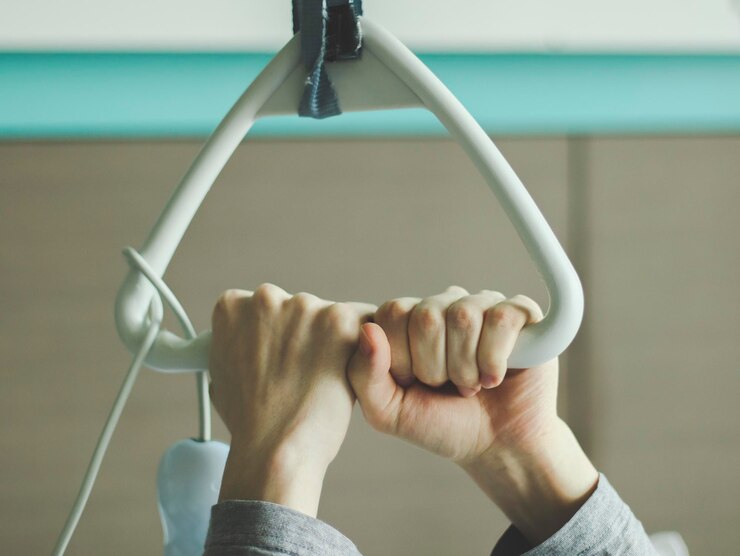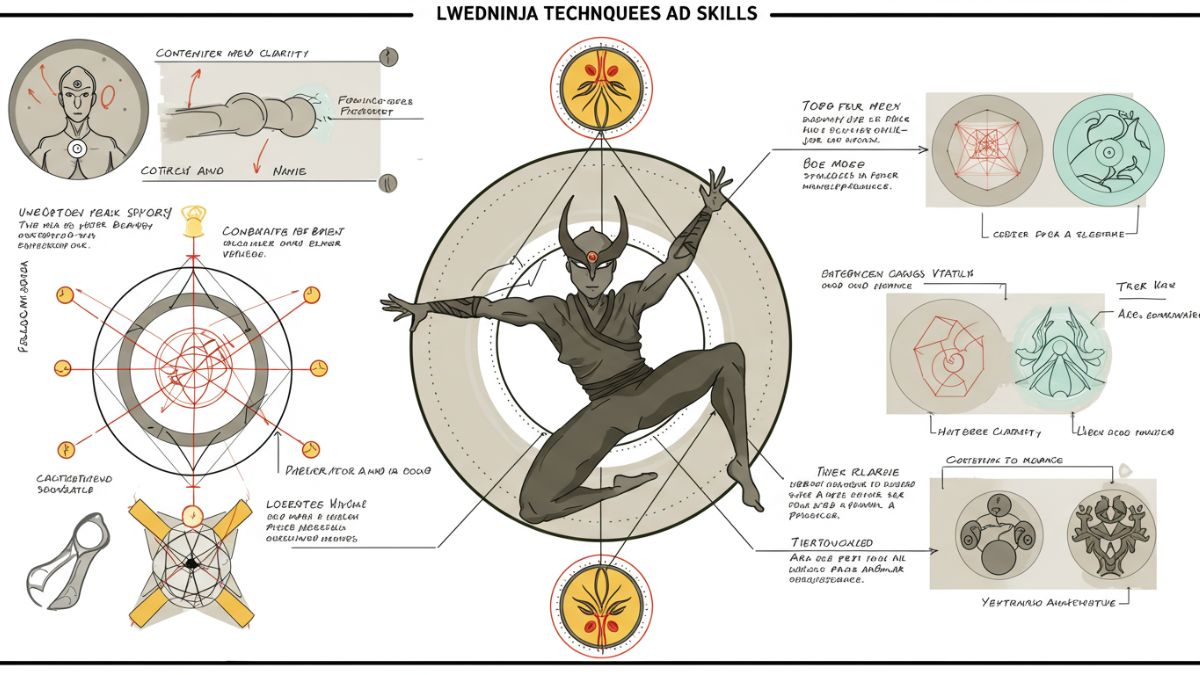In healthcare, patient and staff safety is paramount. Ceiling hoists are the essential tools to lift, move and position patients with little physical effort. It lessens the risk to caregivers and gives more comfort to the patient. CHS Healthcare ceiling hoists improve patient care in hospitals, care homes, and private residences and ensure that patients with limited mobility are handled safely. This blog will explore why ceiling hoists are crucial in today’s healthcare settings.
Improving Patient Comfort and Dignity
Being physically handled by caregivers can be uncomfortable or painful for patients who are unlikely to be able to handle themselves; for example, patients with arthritis, muscle weakness, or spinal injury may make being physically handled uncomfortable or painful. Specialised slings that cradle the body, evenly distributing weight and reducing the number of pressure points from which pain can be caused, further enhance a more comfortable, and therefore, a more secure transfer using ceiling hoists.
This also helps maintain the patient’s dignity and respect. Rather than feeling “manhandled,” patients experience a smoother and more controlled movement. This is especially important for those who may already feel a loss of independence due to their health conditions. Ceiling hoists contribute positively to the patient’s mental well-being by providing a gentle and efficient lift.
Enhancing Safety in Patient Transfers
Health care, particularly patient handling, is a high priority of safety. Patient transfers or lifts are manual, and risk includes injury or dropping the patient, which is more significant for patients with conditions that affect stability (nervousness, obesity, or muscle weakness).
Ceiling hoists assist caregivers with a safer method of transferring a patient than just lowering a patient from bed height to floor height. It is meant to safely hold the patient free of movement and move them smoothly at a steady speed, lessening the possibility of falls or injury from induced movement. In addition, ceiling hoists can consider most patients’ weights and body types.
Reducing Physical Strain on Caregivers
Physical strain is one of the significant challenges of patient care. Because nurses, therapists, and support staff are often required to lift or reposition a patient daily, improper or repetitive lifting can result in injuries, including back problems. Musculoskeletal injuries are a common risk for healthcare workers, research shows. Ceiling hoists can go a long way to solve this problem by removing the need to lift heavy things.
Promoting Greater Efficiency in Healthcare Settings
Efficiency is essential in healthcare settings, where staff often care for multiple patients with different needs. Traditional patient transfers can be time-consuming and require two caregivers for safety. CHS Healthcare ceiling hoists simplify this process, allowing a single caregiver to complete transfers quickly and efficiently. This saves valuable staff time, enabling caregivers to attend to other patients or tasks.
Ceiling hoists can also be installed to cover more than just a bed to the bathroom. Reducing the requirements for repositioning and changing equipment in transfers results in a faster and smoother process. Healthcare facilities can enhance their overall care and operations by improving patient handling efficiency.
Enhancing Accessibility and Independence
For patients with disabilities or chronic mobility impairments, ceiling hoists can significantly increase their independence. The patient can operate many hoists with minimal help, allowing them to control their movements. This independence can significantly improve their mental health and quality of life, as they can independently perform tasks like moving from a bed to a chair.
Ceiling hoists are also helpful in home care settings, enabling family members to assist their loved ones safely without risking their health. With hoists installed, patients can access essential areas like the bathroom or kitchen independently, further boosting their sense of autonomy.
Financial Benefits for Healthcare Facilities
An upfront investment in ceiling hoists can save money in the long run. However, healthcare facilities can save costs associated with medical leave, workers’ compensation, and staff turnover when they reduce work-related caregiver injuries. Additionally, because hoists allow fewer staff members to manage patient transfers, facilities can optimise labour costs and reduce the need for extra hires in busy areas.
In the long run, the financial benefits for healthcare facilities are significant. The increased safety, efficiency, and reduced staff turnover that ceiling hoists offer lead to a healthier work environment, resulting in financial savings and improved patient care.
Adaptability for Different Patient Needs
These ceiling hoists are made for any patient’s condition. The slings can be adjusted differently with different accessories to fit various body types, medical conditions and mobility needs. Ceiling hoists can be customised to provide the appropriate support for a patient, whether with a temporary injury or a long-term long-term condition.
Ceiling hoists are so flexible that they can be used in various healthcare settings — hospitals, nursing homes, and home care. These tools provide multiple tools and can look closer at the ceiling hoist options and their specialised features
Conclusion
Modern healthcare requires ceiling hoists, which are essential to patients and caregivers. By reducing physical strain, providing patient comfort, improving safety, improving efficiency, promoting accessibility, and saving money, they reduce patient strain. These devices are crucial to making healthcare safer and more efficient. As physical and emotional care are critical in an industry, ceiling hoists make care safer, more respectful, and more effective for anyone involved.











